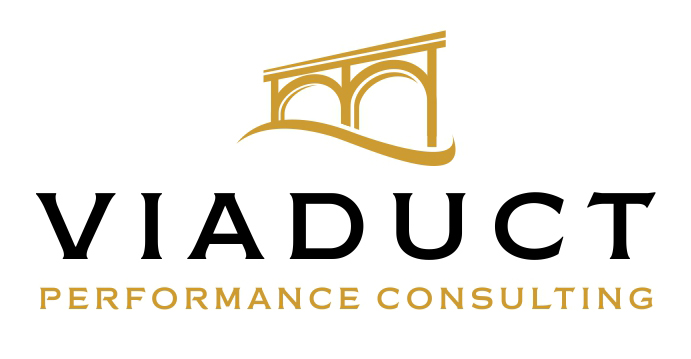The Best Way to Cope with Change is to Create it
One evening early in my career I opened a fortune cookie containing the wisdom, “The best way to cope with change is to create it.” I was struck by the deep understanding and life-experience the cookie shared with me. This was no ordinary fortune, but rather poignant and sage advice for even the most experienced of us. I took the words to heart and began to work hard to serve as a catalyst for “what ifs” and “why nots.” This mantra inspired me to be proactive with my time and innovative with my ideas and approach.
The fortune traveled with me in my wallet from New York City to Washington, DC and Virginia and served me well as I progressed in my career. As opportunities developed or obstacles were introduced, I learned to harness change as a fulcrum with which to give my ideas visibility and credibility. I recognized the power of creating and selling a compelling vision for the future. Not only to motivate myself, but to also inspire and engage those whom I worked to influence. Some lessons of success and a few failures taught me creating change is a team sport requiring collaboration, shared goals and mutual commitment. Mountains move easier when those that are impacted by change have a say in how they experience the future.
Over the years, my personal experience has been consistent. In those moments when I proactively initiate, embrace and lead change, I am rewarded with feelings of excitement, optimism and a positive view of the future. These experiences serve as a strong incentive to continue to act as an agent of change.
Have I wavered? Absolutely. There have been times when I have positioned and allowed myself to become a victim of fear, bitterness and resentment in nearly every situation in which I’ve failed to embrace change. I have tried to recognize those moments and learn from them. “The best way to cope with change is to create it.” So much wisdom carefully folded into a little package.
As leaders, it is critical that we steel the courage to be both a catalyst for transformation as well as a role model for embracing change. When initiating change:
Create a compelling vision which resonates emotionally as well as rationally with those you intend to bring along.
Invite other formal and informal leaders in your organization to collaborate to envision and articulate the benefits of the path forward.
Empower those who are impacted by change to contribute ideas, ask questions and participate in the transformation process.
Demonstrate empathy by listening to and acknowledging how others are reacting to the changes being introduced. Tune your approach based on the feedback you are hearing.
When faced with change initiated by others, avoid the temptation to circle the wagons, hunker down and go into denial. Instead, follow the tried and true guidance of every airline cabin attendant that I have ever met - “Secure the oxygen mask on yourself first before assisting your traveling companions.”
Seek first to understand the rationale, impact, benefit and timing for the change.
Work to position yourself as an active participant in the change as a means of being involved, better informed and to influence direction.
Only once we have claimed control of the change in our own hearts and minds will we be able to help those we lead and with whom we work to get onboard.
Leaders who invest time to continuously develop and refine the behaviors and skills they leverage to initiate, cope with, and lead change will have an edge in a volatile, uncertain, complex and ambiguous world. Said another way, “The best way to cope with change is to be ready for it.”
What strategies have you successfully used to initiate, embrace or lead change?
Matt Swayhoover is the founder of Viaduct Performance Consulting, a Northern Virginia-based business focused on helping individuals, teams and organizations bridge the gap between potential and business results. As principal performance consultant, Matt collaborates with clients to identify and courageously address the obstacles that constrain high performance.
Learn more at www.viaductperformance.com

